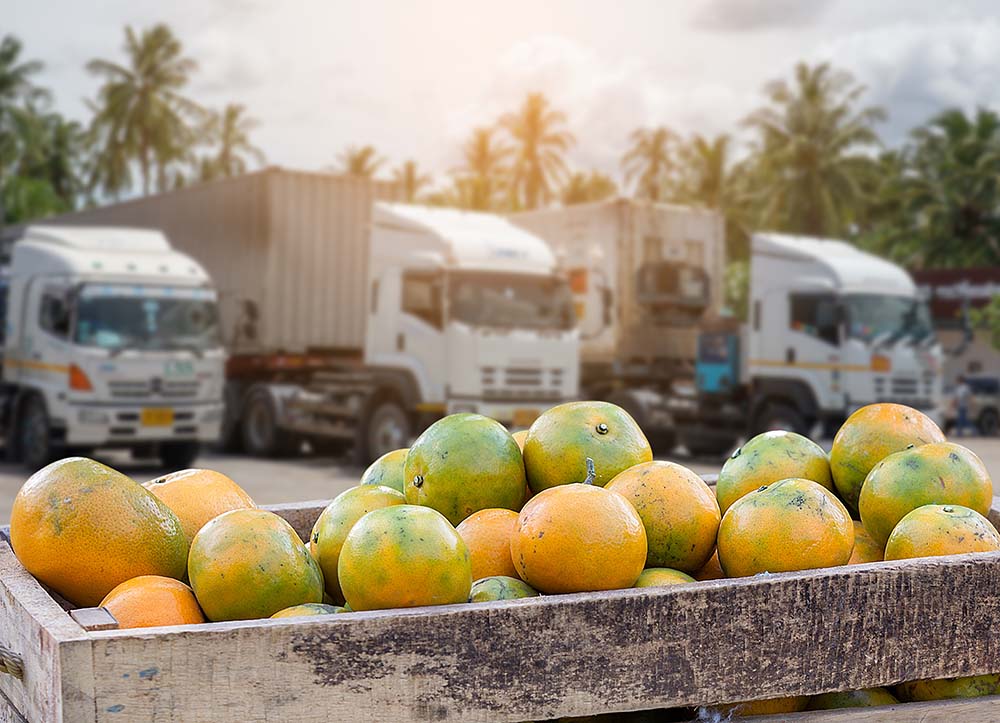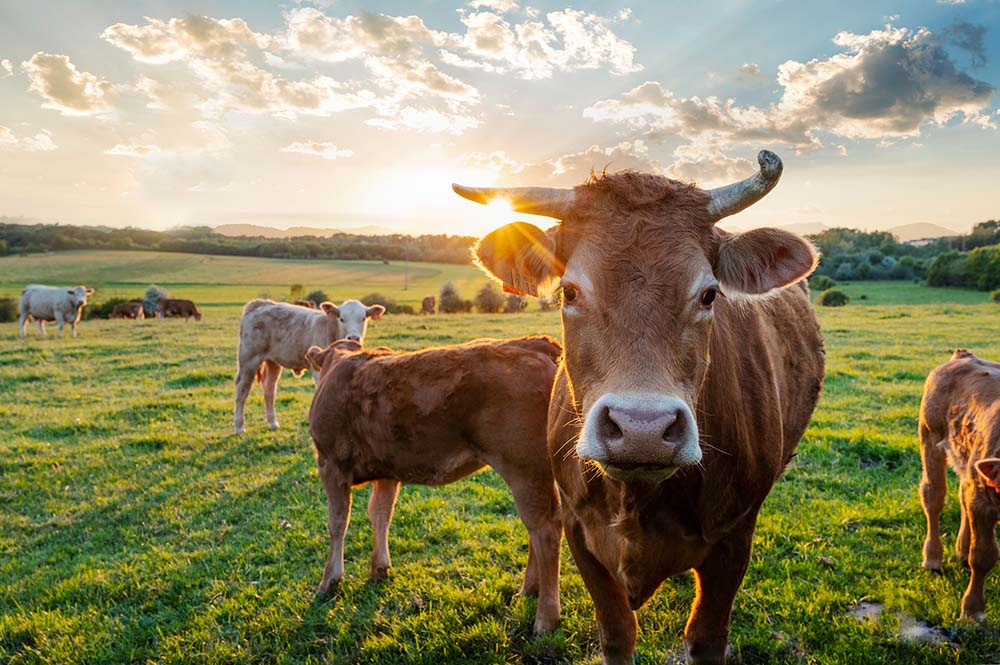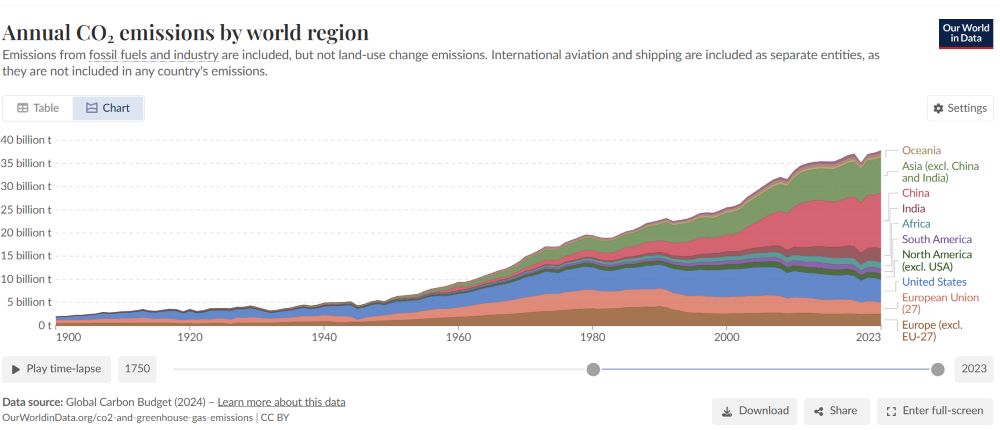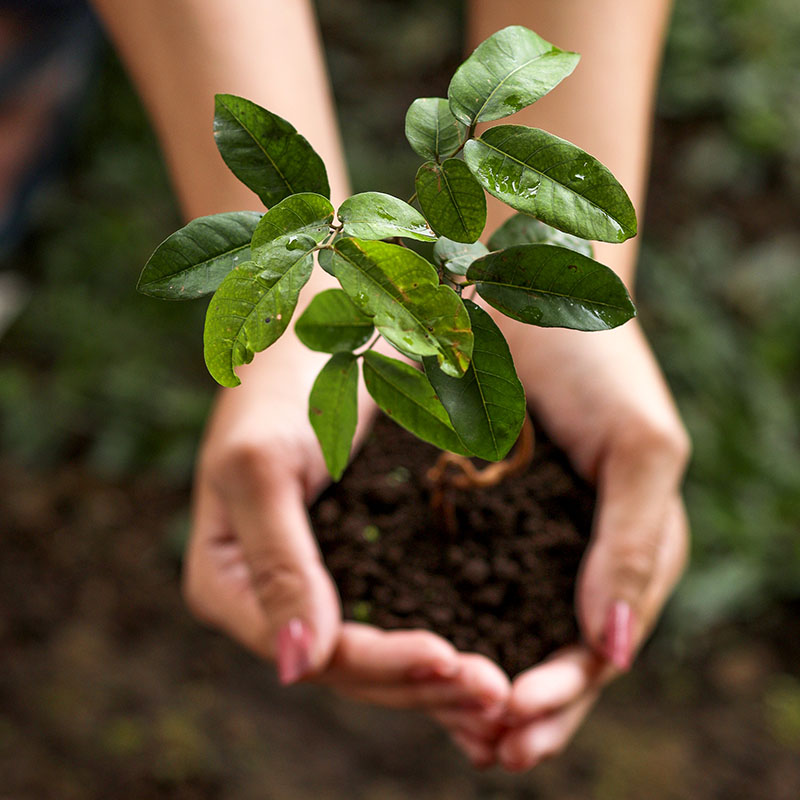Confronting the mysteries and challenges of climate change can be so daunting. Often, we want to throw up our hands and let fate rule our course. But many clever members of the human species are developing innovative ways to slow the warming down. This report covers just a small sampling of creative climate solutions.
Cutting Cow Burp Impacts
Carbon dioxide is the most plentiful of the greenhouse gases, but methane is a major source. In nations like the USA that rely heavily on cows for milk and cattle for meat, agriculture contributes heavily to methane pollution. In a single year, one cow will belch about 220 pounds of methane.
Now at least one dairy farmer in Canada is using accepted methods of breeding to help cows produce offspring that burp far less methane, as reported by the CBC. Ben Loewith, a third-generation farmer in Lynden, Ontario is using commercially available bull semen with a low-methane trait to artificially inseminate his herd. The semen is currently sold in 80 countries. If farmers embrace the technique and it proves effective and harmless to cows, it could greatly reduce methane in the atmosphere.

Melatonin to Keep Fruits Fresh
We often hear of melatonin as a tonic for people who need better sleep. Now, research at an Australian university shows that melatonin can help preserve the freshness of produce that is refrigerated during transport from farms to markets. As climate change threatens food production globally, the need to reduce food waste increases. Fruits and vegetables can be plagued by “chilling injury” during the cold storage needed to move them. If shippers apply melatonin to the outside of the produce, especially tropical fruits, it extends freshness and avoids spoilage. You can read the full paper, Insight into the Role of Melatonin in Mitigating Chilling Injury and Maintaining the Quality of Cold-Stored Fruits and Vegetables here.
Fungus for Low-Carbon Construction

For centuries, many humans have learned the hard way there are mushrooms you can eat and mushrooms you must avoid. More recently, scientists have discovered that mushroom mycelium can be used in construction materials to lower their carbon footprint. A recent news item in Anthropocene Magazine describes two studies. In one, researchers added fungi into a recipe for “myocrete,” a replacement for foams, timber and plastics within building interiors that is strong and mold-resistant. In the other, mycelium grown under special conditions of temperature, growth times and salt concentrations produced a thin fire-retardant. Researchers were then able to layer it into construction materials to make them highly resistant to fire. In both cases, the results are more sustainable and less toxic than alternatives.
In all three examples, human ingenuity gives hope for climate solutions that can improve our future.










